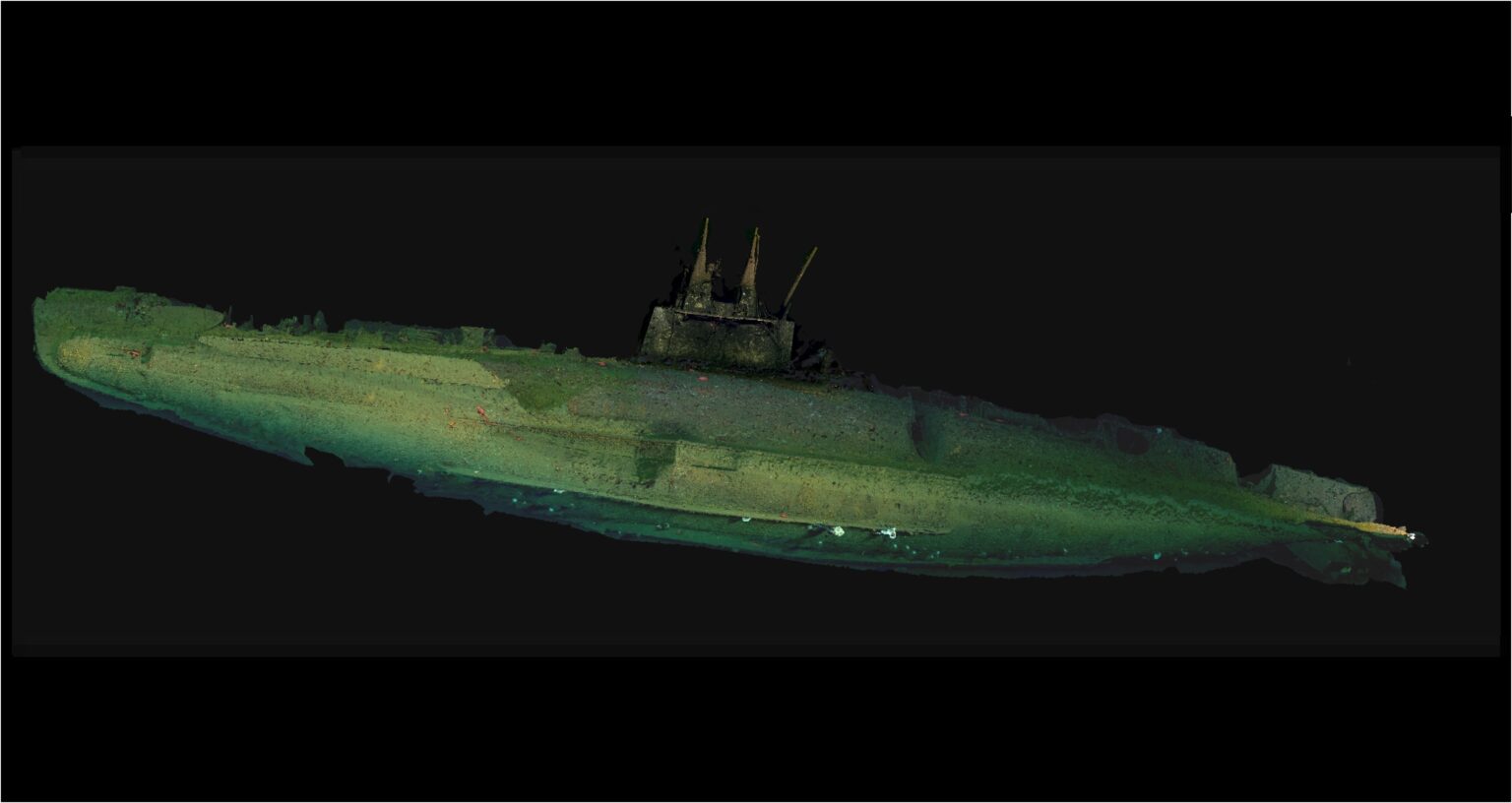Revealing the Hidden Depths: Modern Exploration of the USS F-1 Submarine Wreckage
Stay Informed with the Daily Popular Science Newsletter 💡
Get the latest breakthroughs, scientific discoveries, and DIY innovations delivered to your inbox every weekday.
The Historic Sinking of USS F-1 and Its Modern Rediscovery
In 1917, a tragic collision occurred off the coast of San Diego involving two United States submarines, resulting in the sinking of the USS F-1. The vessel, along with 19 crew members, was lost beneath the Pacific Ocean’s depths. It wasn’t until 1975 that the wreckage was finally located, marking the first wartime submarine loss in U.S. naval history. Today, cutting-edge research teams have captured unprecedented images of this 1,300-foot-deep underwater archaeological site, shedding new light on this historic event.
Advanced Techniques in Deep-Sea Exploration
According to Anna Michel, co-lead of the expedition and chief scientist at the National Deep Submergence Facility, “These dives demanded specialized skills and equipment. Our team approached the site with meticulous care, ensuring we documented these historic locations respectfully while producing detailed imagery.” The exploration involved technical dives that required expert navigation and sophisticated tools, emphasizing the importance of precision in underwater archaeology.
Cutting-Edge Imaging and Mapping Technologies
The recent expedition employed a combination of high-resolution imaging and sonar mapping to create a comprehensive 3D model of the wreck. This process, known as photogrammetry, involves capturing multiple 2D photographs and integrating them into a detailed three-dimensional representation. Such techniques not only reveal the submarine’s structure but also uncover marine life that has colonized the site over the past century, transforming it into an artificial reef.

